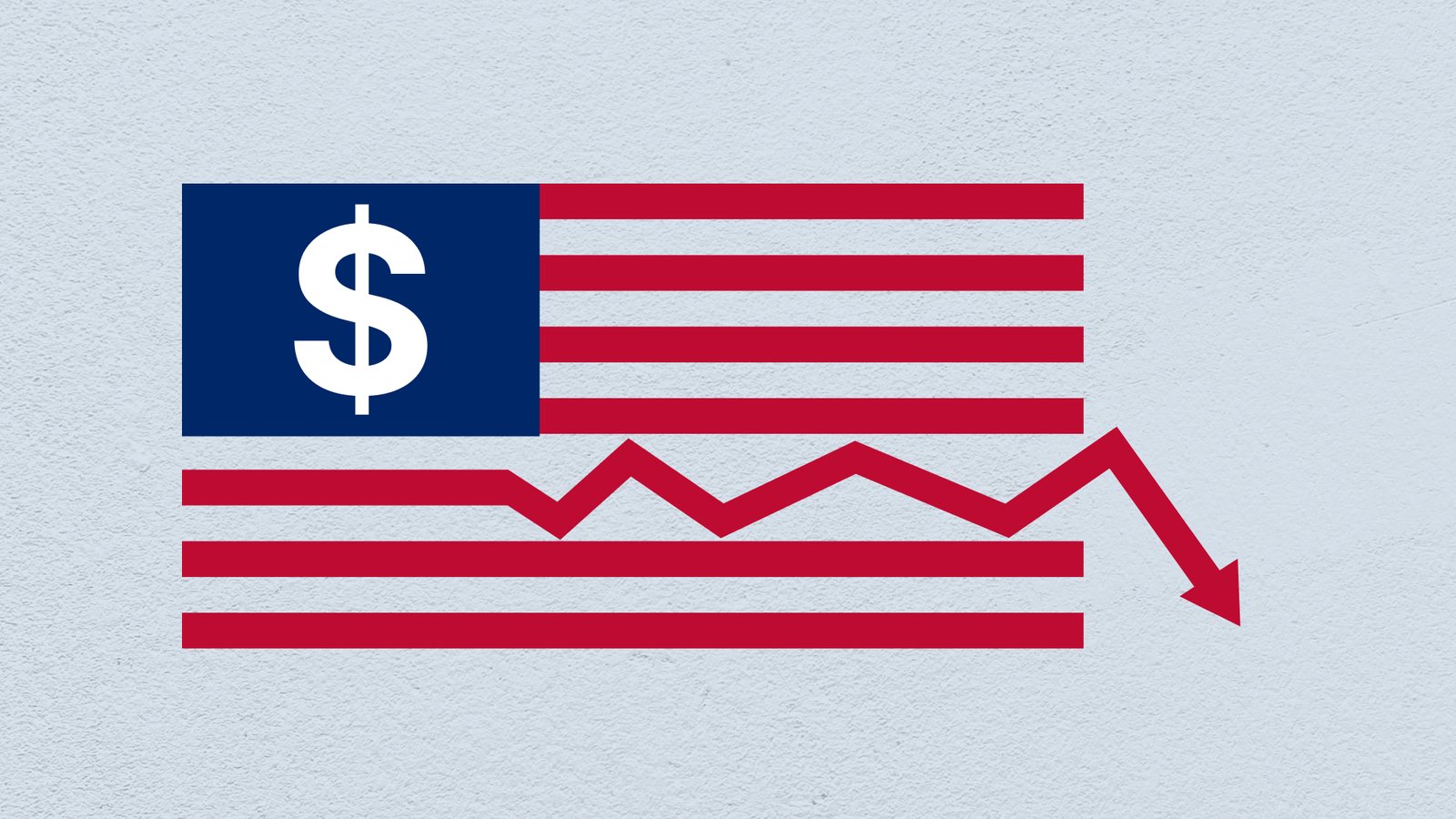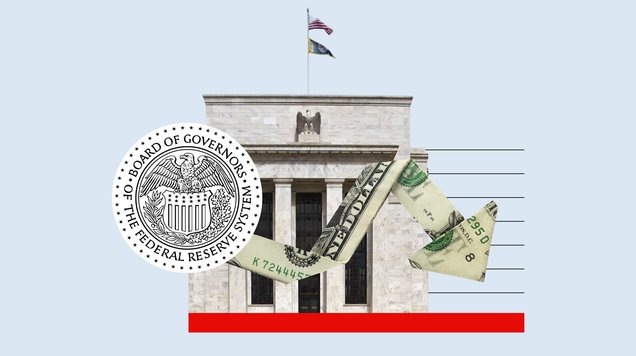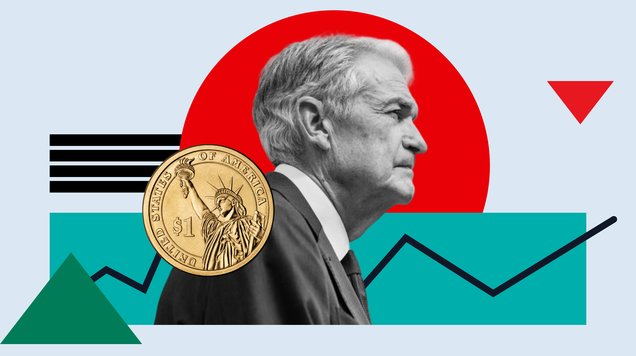US shutdown ends after 43 days, but economic scars and data blackout remain
After 43 days of partial closure, the US federal government is finally back in business. President Donald Trump has signed an interim spending bill that reopens agencies, sends millions of federal workers back to their posts, and restores frozen programs — but only until January 30, when the next deadline hits. The economic damage, operational backlog, and loss of key data will linger well beyond the political handshake.

Longest US government shutdown on record ends after 43 days
CBO estimates current-quarter GDP hit of about 1.5 percentage points
October jobs and CPI data likely never released, leaving the Fed with a blind spot
New funding lasts only until January 30, setting up another potential showdown
Shutdown ends after record 43-day standoff
The longest government shutdown in US history has formally ended after President Donald Trump signed an interim funding bill that passed Congress on Wednesday. The measure restores operations across most federal agencies and brings roughly two million civilian employees back on the job after more than a month of missed paychecks for many.
The closure, which began on October 1, froze food assistance for millions of low-income households, disrupted airport operations, and left agencies unable to perform basic functions ranging from safety inspections to data collection. With the president’s signature, departments can now begin the process of rebooting systems, recalling staff, and clearing a six-week backlog of work.
Officials in charge of transportation and aviation have already cautioned that reopening will not be instantaneous. Flight restrictions and scheduling constraints at major airports are expected to take up to a week to normalize as air-traffic operations and security staffing are gradually restored.
Economic hit: Weaker growth and delayed spending
The shutdown has left a clear dent in near-term growth. The Congressional Budget Office estimated that a six-week closure would reduce real GDP growth in the current quarter by around 1.5 percentage points, as federal spending stalled, paychecks were delayed and confidence weakened. The agency expects a little more than half of that lost output to be recovered early next year as back pay is disbursed and delayed projects resume, but some damage will be permanent.
The impact has been visible in corporate guidance as well. Major airlines have warned that shutdown-related flight cancellations and restrictions will weigh on quarterly earnings, even if operations recover in time for the peak Thanksgiving travel period.
For lower-income households, the disruption has been more acute. Millions of Americans enrolled in the federal food stamp program saw November benefits blocked or delayed amid legal disputes over whether assistance could continue during a funding lapse. States now need several days to update beneficiary files and reload payment cards; with only a handful of card vendors servicing all states, officials are bracing for bottlenecks as everyone tries to restore benefits at once.
Most federal employees — whether they were working without pay or furloughed at home — have gone more than a month without a paycheck. The administration has indicated that back pay should start arriving from Saturday, but household balance sheets will take time to heal.
Data blackout: Fed forced to navigate without key indicators
One of the most consequential side effects of the shutdown has been the halt in official economic data. The Bureau of Labor Statistics and other key statistical agencies stopped producing and publishing major releases, depriving markets, businesses and policymakers of their usual visibility on growth, inflation and employment.
According to the White House press office, the October nonfarm payrolls report and the October consumer price index are now unlikely ever to be released. Some business-based surveys can, in theory, be reconstructed retroactively, but household surveys used to calculate the unemployment rate are much harder to rebuild weeks after the fact. Economists warn that portions of the missing data may simply be lost.
BLS has not yet published an updated release calendar, but officials are expected to lay out a revised schedule in the coming days and may need to combine multiple months in single reports to get back on track.
The timing is particularly awkward for the Federal Reserve. Policymakers meet on December 9–10 to decide whether to lower interest rates for a third time this year. Without October jobs and inflation data, the central bank will be forced to lean more heavily on private-sector indicators, financial conditions and partial datasets — a far murkier backdrop than usual for such a pivotal meeting.
Politics: A tactical retreat and another deadline
On Capitol Hill, the shutdown ended along familiar lines. The House approved the interim spending bill 222–209, with most Democrats voting against it because it omitted their main demand: renewal of subsidies for Affordable Care Act health insurance policies that expire at year-end.
In the Senate, a small group of Democrats and one independent broke ranks to support the stopgap after securing a promise that the chamber would hold a vote by mid-December on extending ACA tax credits. There is no guarantee that such an extension will pass, and House leaders have not committed to putting any eventual Senate bill on the floor. The White House has also signaled a preference for reshaping health-care funding rather than simply renewing existing subsidies, raising the odds that the fight will spill over into the 2026 midterm election campaign.
The structure of the new bill ensures that this is not the last budget confrontation. Most government functions are now funded only through January 30, creating a fresh deadline and the possibility of another showdown early next year. Some programs — including food stamps, veterans’ benefits, military construction, the Food and Drug Administration and congressional operations — are funded through September 30, reducing the risk of an immediate repeat of the most painful disruptions.
The legislation also includes a temporary ban on federal layoffs through January 30, a provision pushed by lawmakers representing large concentrations of government workers in the Washington suburbs and across federal hubs.
Progressive groups remain angry at centrist Democrats who abandoned their hard line on health-care demands, and have trained some of that frustration on Senate leadership. Inside the caucus, however, there is little sign of an organized move to reopen the fight now that the government is back online.
A reopened government, but not a resolved story
The formal end of the 43-day shutdown removes an immediate risk for markets and households, but it does not repair the full damage. Growth has taken a hit, vulnerable families have endured weeks of disruption, and policymakers — especially at the Fed — are now operating with an unprecedented data gap.
With another spending deadline already on the calendar and healthcare funding still unresolved, the reopening looks less like a final chapter and more like a pause in a longer political and economic drama that will carry well into 2026.









